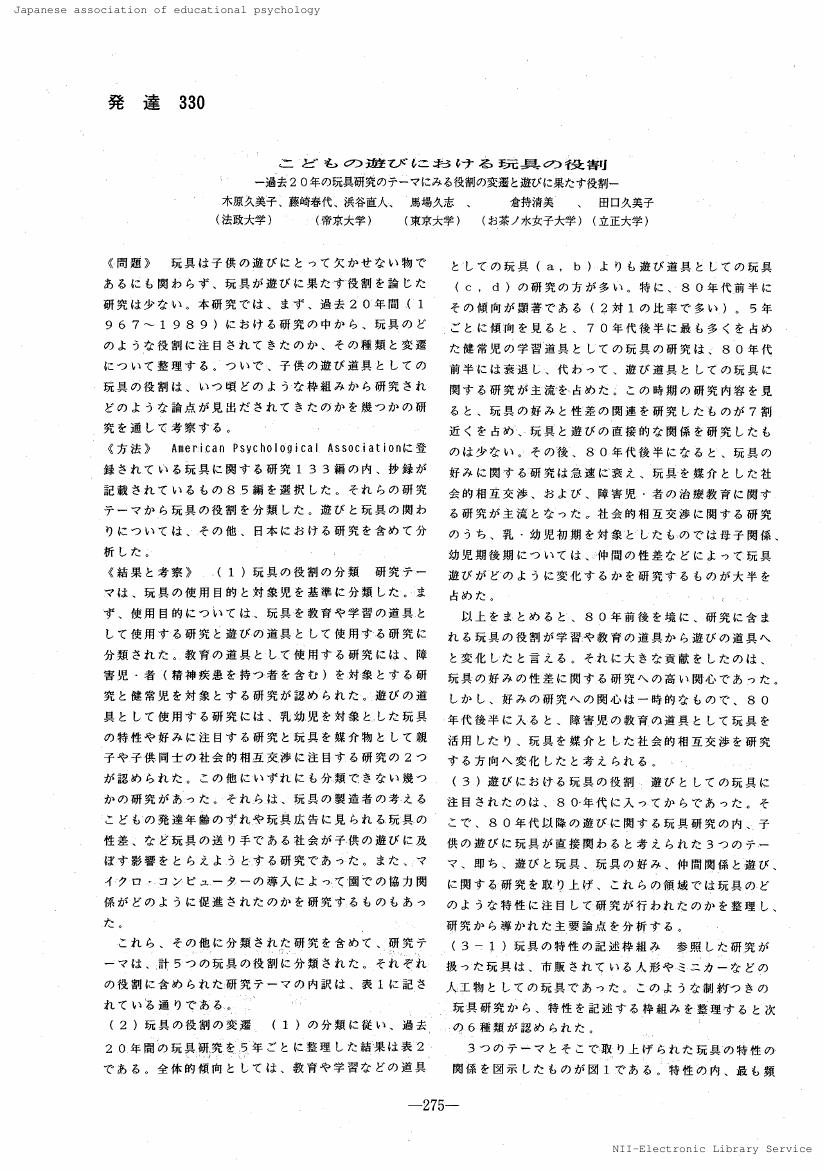2 0 0 0 OA 成人の除算手続きの推論における数学的知識の影響
- 著者
- 馬場 久志
- 出版者
- 東京大学教育学部
- 雑誌
- 東京大学教育学部紀要 (ISSN:04957849)
- 巻号頁・発行日
- vol.27, pp.297-305, 1988-02-10
Ten students were given a task to find the division procedure on a hand-operated calculator. Their acts and verbal protecols in the task were recorded on VTR. The procedure in question is based on repeated subtractions, and is very similar to written calculation in many ways. In spite of the similarity of their procedures, there is two reasons for which the task will be hard for adult subjects to solve. 1. Students think that dividing equally is the dominant aspect as their 'division-concept', so this thinking will interfere with their finding out the procedures of repeated subtraction. 2. Students have a kind of 'belief' about the function of a calculator, and they are apt to depend on it. Results showed difficulties for many of them. Moreover their characteristics of inferences, for example, avoidance for subtractions, and errors of columns, are consistent with two hypotheses of 'division-concepts' and 'belief' in calculators. Therefore it has revealed that the procedural learning cannot be improved even if one possesses a similar procedure, when one has opposite concepts. And it suggests the importance to consider the procedural learning in relation to the relevant concepts possessed by learners. Furthermore, it will become necessary to clarify the aspect of learning of new knowledge as the transformational process of a known concepts.
- 著者
- 木原 久美子 藤崎 春代 浜谷 直人 馬場 久志 倉持 清美 田口 久美子
- 出版者
- 一般社団法人 日本教育心理学会
- 雑誌
- 日本教育心理学会総会発表論文集 第33回総会発表論文集 (ISSN:21895538)
- 巻号頁・発行日
- pp.275-276, 1991-08-01 (Released:2017-03-30)
